Ceramic Coating
Ceramic Coating
Ceramic Coating for Exhaust
A ceramic coating is a coating that uses non-metallic, inorganic materials with high hardness and insulation in order to create a hard-wearing, high performance finish. Ceramic coatings have applications across a range of industries including automotive (engine parts, exhausts), industrial pipelines (to protect against corrosion under insulation or CUI), and even medicine (as coatings for implants). Ceramic coatings chemically bond to the substrate to provide a highly adhesive layer of protection.
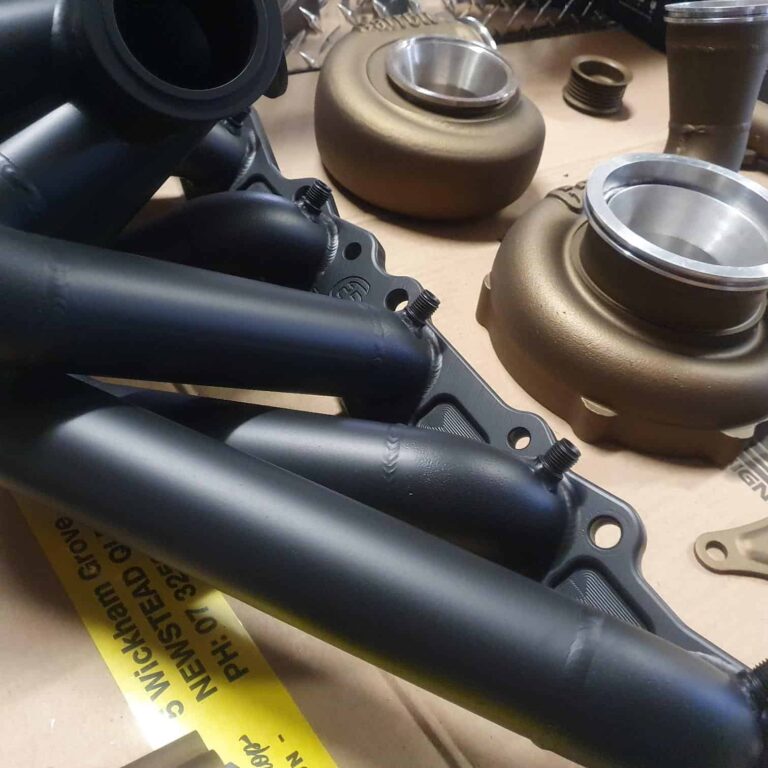

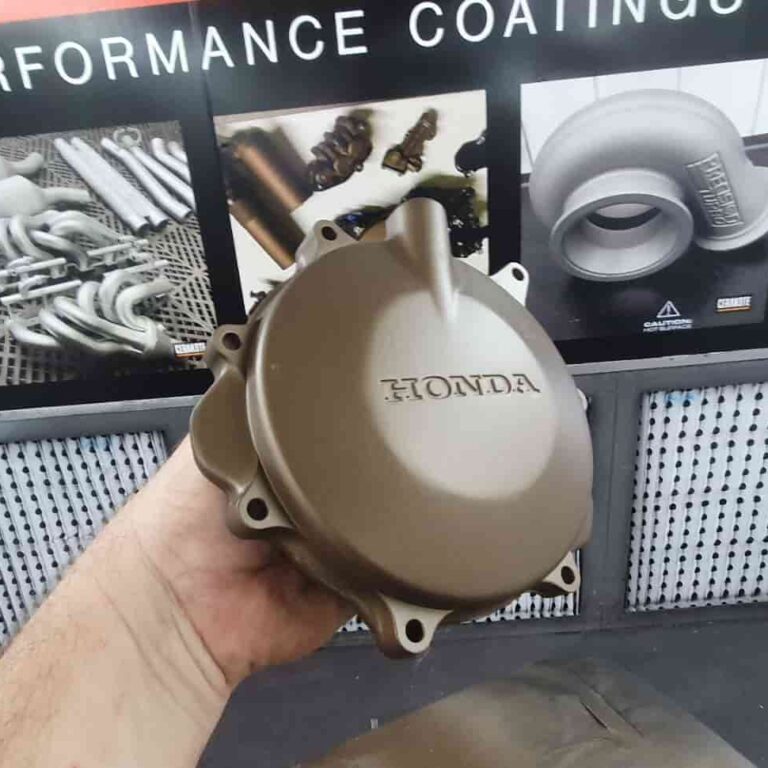
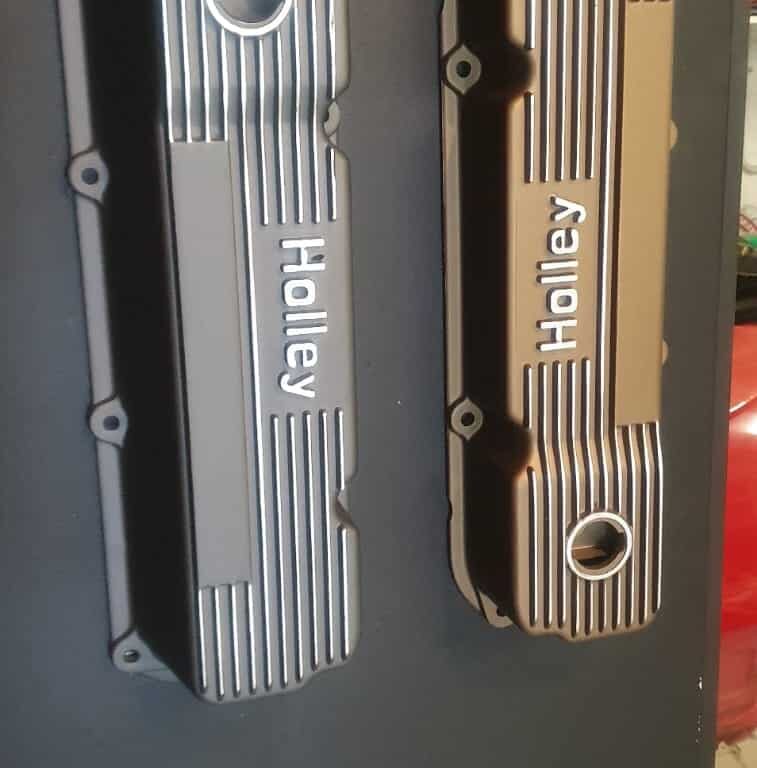
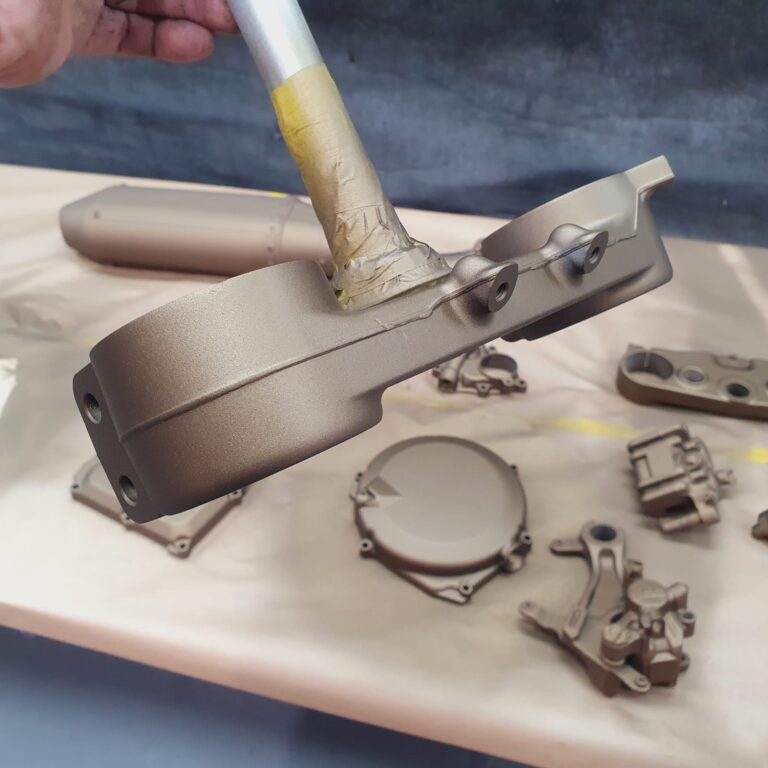

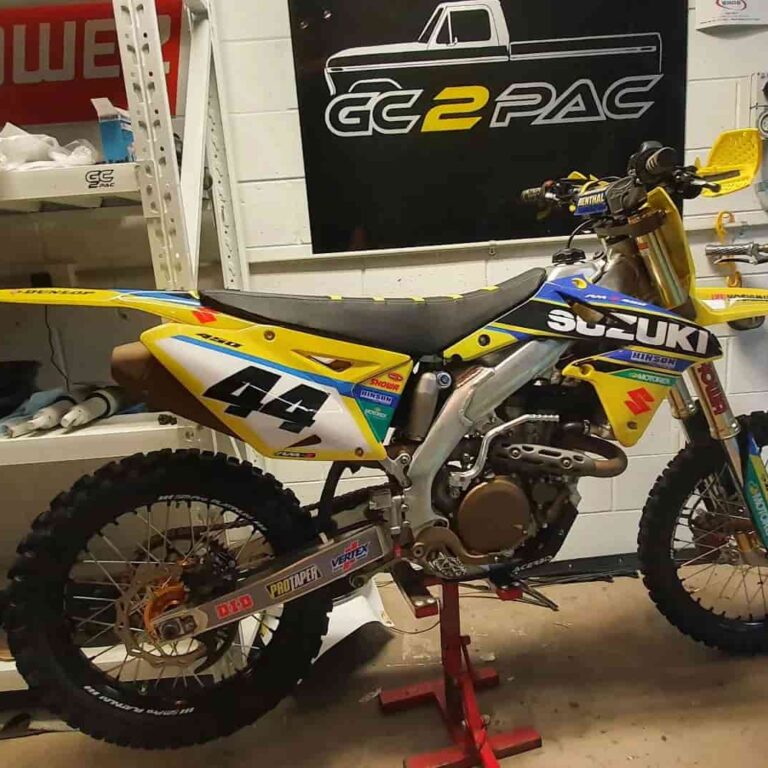
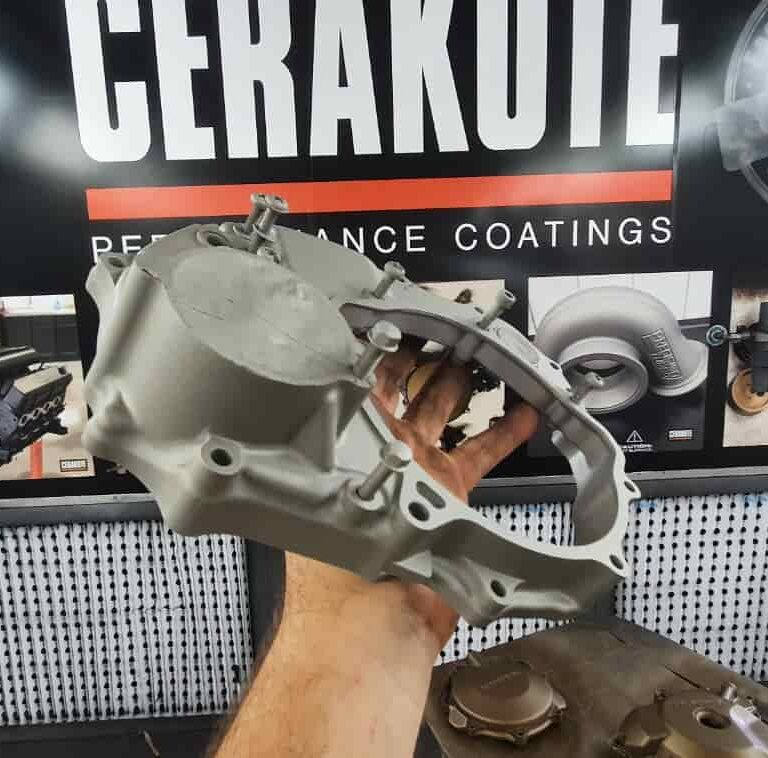
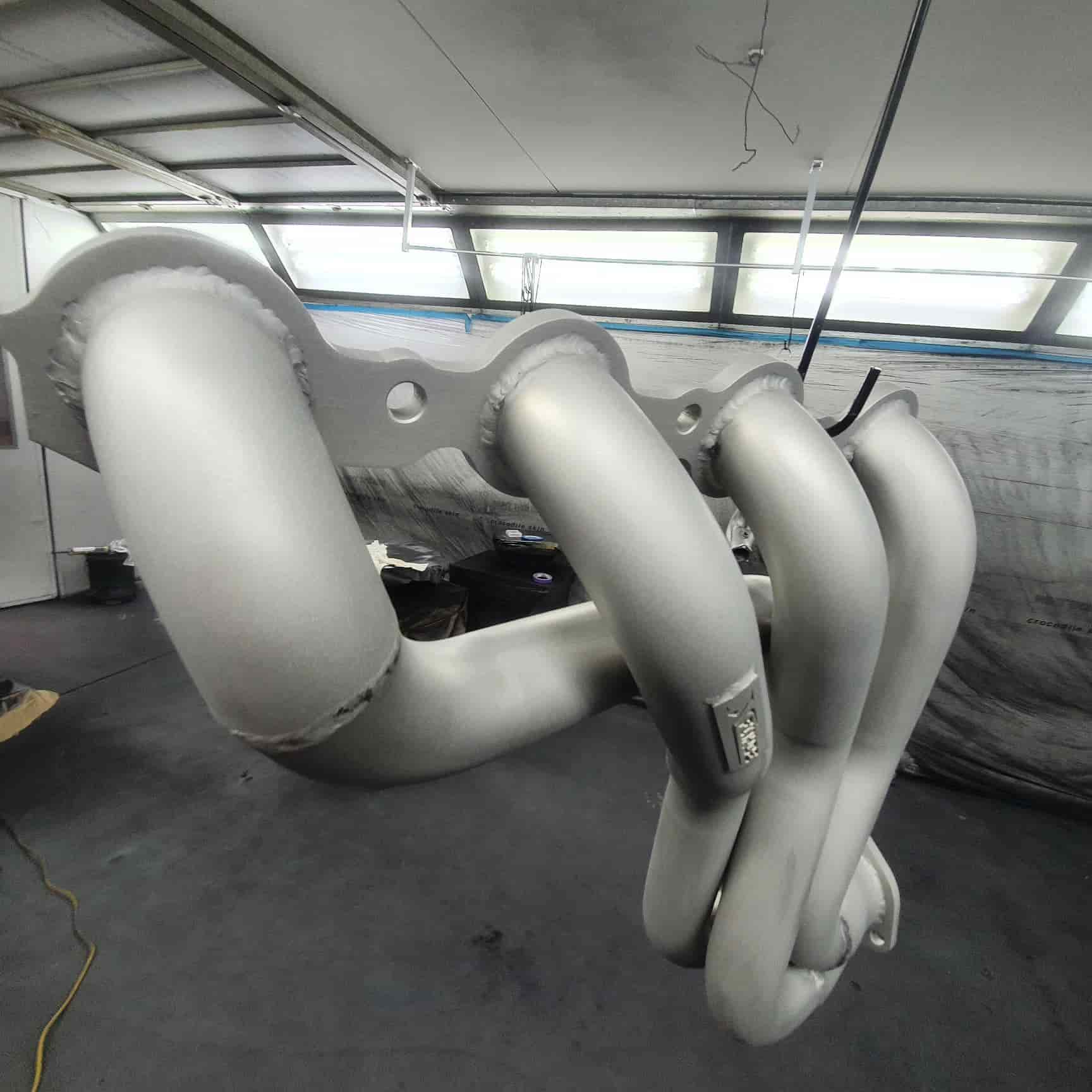
The top benefits of ceramic coating
The versatility and desirability of ceramic coating is down to its high performance properties. The top benefits of ceramic coat are:
- Abrasion resistance and dry lubrication – Improves overall durability of surfaces and objects and has extreme wear resistance. Very low friction finish with anti-galling properties.
- Thermal barrier properties – Reduces thermal fatigue, insulates machine components from heat and so extends their life span, allows higher operating temperatures, and is fire resistant (zero flame spread) and heat tolerant up to 1500°C.
- Waterproof and chemical resistance – By providing a bonded layer, ceramic coatings are waterproof and impermeable. The effectiveness of these coatings against CUI is due to its adhesion, waterproofing and thermal barrier properties.
- Electrically insulating or conducting – Ceramic coatings are used as dielectric coatings to electrically isolate parts at different voltages.
- Long-lasting – With superior adhesion, high levels of resistance to heat, chemicals, , wear, and impact, it is no surprise that ceramic coatings are some of the longest-lasting coating options available.
Common uses for Ceramic Coating:
- Exhaust Systems
- Engine Components
- Thin Film High Temperature Applications
- Corrosive Environments
- Firearm coating
- Mining Industry
- Other automotive parts

